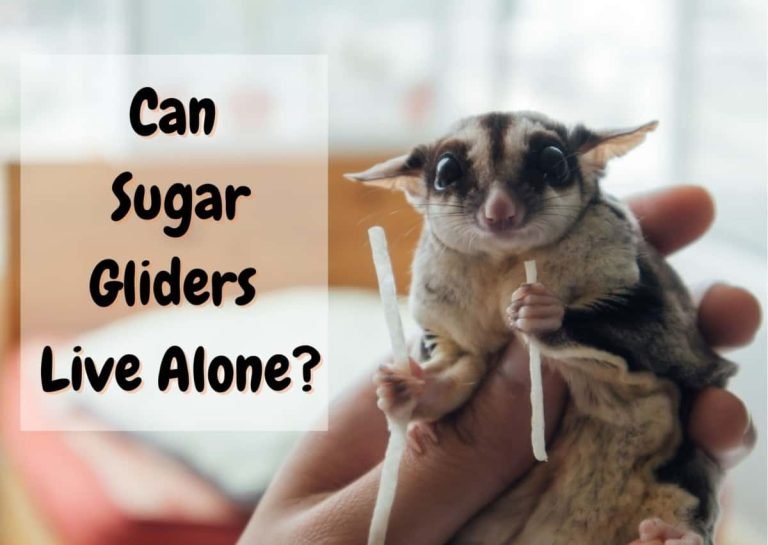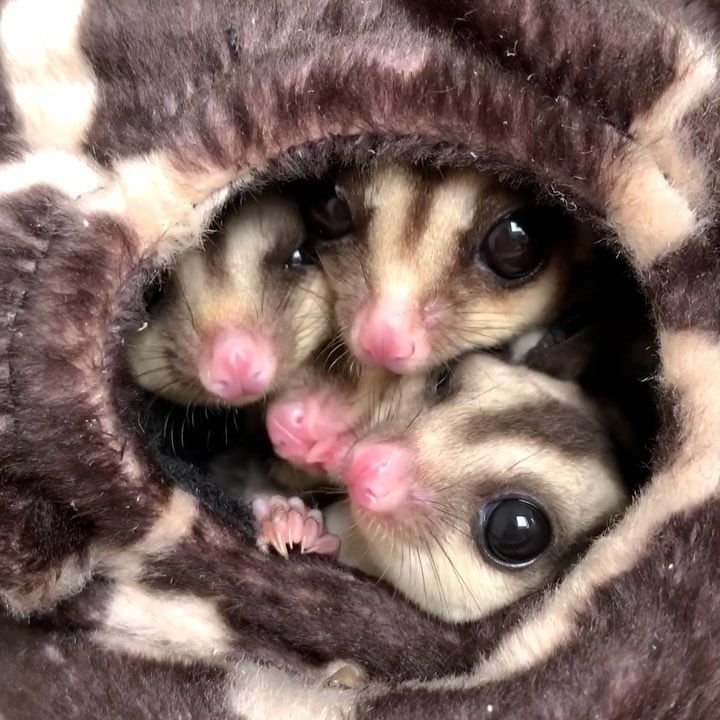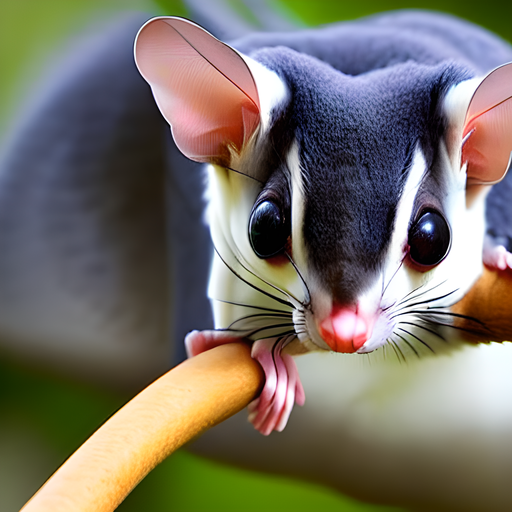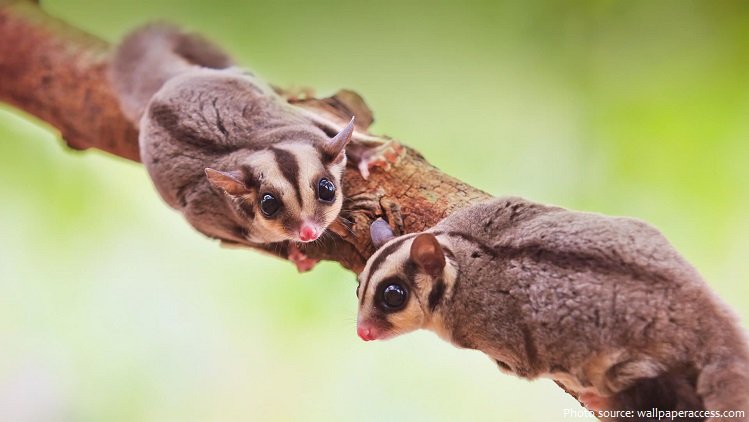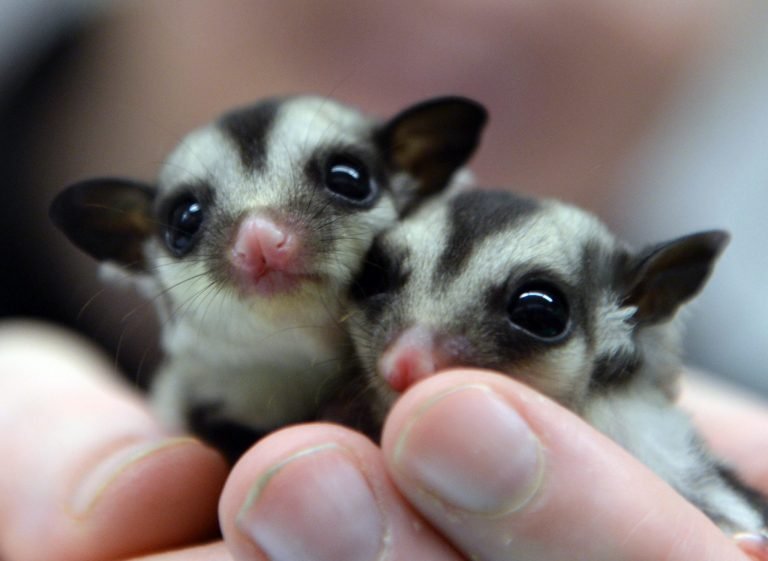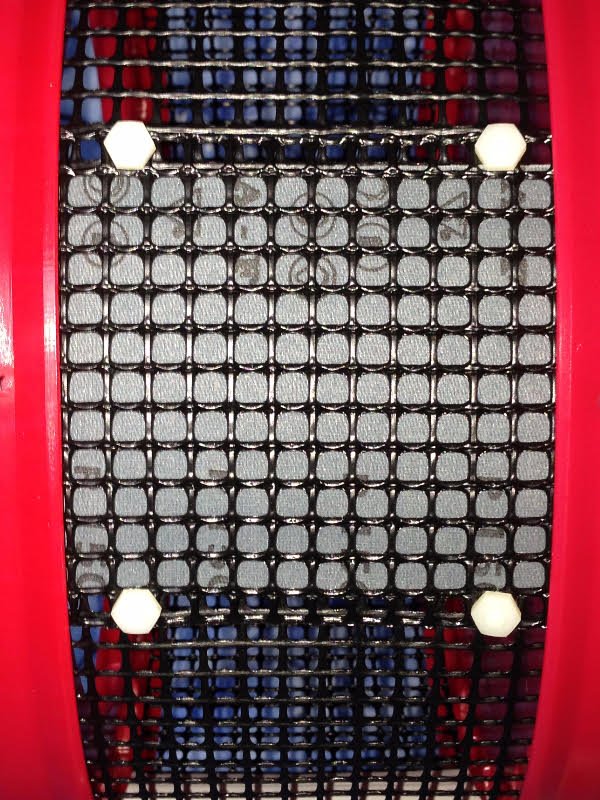Sugar Glider Bonding Techniques
Are you ready to take your bond with your sugar glider to the next level? If so, you’ve come to the right place! Building a strong connection with these adorable creatures is not only important but also incredibly rewarding. A well-bonded relationship can bring immense joy and fulfillment into your life.
Bonding with sugar gliders involves a gradual process that requires time, patience, and understanding. It’s crucial to establish trust and create a safe environment for these exotic animals. From dealing with glider bites to finding the perfect sleeping pouch, there are various techniques that can help facilitate this bonding journey.
By following expert advice from reputable sources like WikiHow’s website or consulting a knowledgeable breeder, you can ensure that you’re on the right track towards building an unbreakable bond with your sugar bears. So, let’s dive into the world of sugar glider bonding techniques and discover how these furry companions become cherished members of our families.
Understanding Sugar Glider Basics:
Sugar gliders are unique pets with fascinating natural behaviors and instincts. To ensure their well-being, it’s essential to understand the specific characteristics and needs of these adorable creatures. By creating a suitable environment, you can provide them with a happy and healthy life.
- Natural behavior and instincts of sugar gliders:
- Sugar gliders are social animals that naturally live in colonies.
- They have a strong bond with their fellow gliders and require companionship.
- Gliders communicate through various vocalizations, such as barking or chirping.
- These nocturnal creatures are highly active at night, engaging in playful behaviors like gliding and climbing.
- Unique characteristics and needs of sugar gliders as pets:
- Sugar gliders have a diet primarily consisting of fruits, vegetables, nectar, and insects.
- They need spacious cages equipped with branches for climbing and toys for mental stimulation.
- A safe exercise wheel can help them maintain physical fitness.
- Providing hiding spots within their enclosure mimics their natural habitat.
- Creating a suitable environment for your sugar glider:
- Ensure the cage is large enough to accommodate multiple gliders comfortably.
- Use bedding materials that are safe for their sensitive respiratory systems.
- Offer a balanced diet that includes fresh fruits, vegetables, protein sources like mealworms or crickets, as well as specialized sugar glider products available in pet stores.
By understanding the natural behavior of sugar gliders and meeting their unique needs through appropriate bonding techniques and environmental considerations, you can create a loving home for these delightful pets. Remember to consult with experts or experienced owners to ensure the best care possible for your furry friends.
Effective Techniques for Bonding with a Sugar Glider:
Using positive reinforcement to build trust
To establish a strong bond with your sugar glider, it’s crucial to use positive reinforcement techniques. This involves rewarding desired behaviors and providing a safe and comfortable environment. Here are some ways to implement this technique:
- Offer treats: Use their favorite snacks as rewards when they display friendly or trusting behavior.
- Playtime bonding: Engage in interactive play sessions using toys or games that they enjoy.
- Verbal reassurance: Speak softly and gently to your sugar glider, letting them know they are safe and loved.
Gradual introduction and socialization methods
Introducing your sugar glider gradually to new people and environments can help them feel more at ease. Consider the following methods for successful socialization:
- Slow introductions: Start by allowing your glider to explore a small, controlled space before introducing them to larger areas.
- Familiar scents: Place an item with the scent of their bonded companion or caretaker near their cage to provide comfort.
- Controlled interactions: Initially, limit physical contact with your glider until they become more comfortable with human touch.
Handling techniques for a comfortable bonding experience
Proper handling is essential for building trust between you and your sugar glider. Follow these techniques for a comfortable bonding experience:
- Slow movements: Make gentle, slow movements when approaching or handling your glider to avoid startling them.
- Supportive grip: Ensure you support their body properly by placing one hand under their chest while using the other hand to cradle their tail.
- Bonding pouches: Use bonding pouches as a safe space where your sugar glider can feel secure while being close to you.
By utilizing positive reinforcement, gradual introductions, and appropriate handling techniques, you can develop a strong bond with your sugar glider. Remember that patience and consistency are key throughout the bonding process.
Tips for Bonding with a Pet Sugar Glider:

Patience and Consistency:
Building a strong bond with your pet sugar glider requires patience and consistency. Take the time to understand their unique personality and establish trust. Be patient as they adjust to their new environment and learn to trust you. Consistency is key in creating a routine that helps them feel secure.
Providing Proper Nutrition and Care:
To ensure your sugar glider’s well-being, it is essential to provide them with proper nutrition and care. Offer a balanced diet consisting of fruits, vegetables, protein sources, and specialized sugar glider food. Create a comfortable sugar glider home by providing an appropriate enclosure with ample space for climbing, playing, and resting.
Recognizing Signs of Stress or Discomfort:
During bonding sessions, it is crucial to be attentive to signs of stress or discomfort in your pet sugar glider. Watch for indications such as excessive grooming, biting, hissing, or hiding behavior. If you notice these signs, give them space and try again later when they are more relaxed.
Remember that each sugar glider has its own unique personality and may require different approaches. By being patient and consistent in your efforts while providing proper care and recognizing their needs, you can build a strong bond with your pet sugar glider.
Now let’s dive into some specific tips on how to effectively bond with your furry friend:
- Spend quality time together every day.
- Use positive reinforcement techniques such as treats or praise.
- Gradually introduce handling by starting with short periods of gentle interaction.
- Provide plenty of opportunities for socialization by allowing supervised playtime outside the enclosure.
- Create a safe environment free from potential hazards like toxic plants or open windows.
- Consider seeking advice from experienced sugar glider owners or joining online communities for additional support.
By following these tips along with the talking points mentioned earlier, you’ll be well on your way to building a loving and trusting relationship with your pet sugar glider.
Building Trust and Friendship with Your Sugar Glider:
Establishing a safe space for your sugar glider to feel secure
Creating a safe environment is crucial. Set up a cozy cage or enclosure with plenty of hiding spots and soft bedding, like shredded paper or cloth. This will give your sugar bear a sense of security and help them feel more comfortable in their new home.
Engaging in interactive playtime activities together
Interacting with your sugar glider through playtime activities is an excellent way to bond with them. Use toys such as ropes, tunnels, and exercise wheels to keep them entertained. You can even let them climb on your hand or finger while exploring their surroundings. Remember to be patient as they may take some time to warm up to you.
Encouraging social interaction between your sugar glider and other household members
Introducing your sugar glider to other members of the household can strengthen their social skills and build trust. Allow family members or close friends to spend time with the glider under supervision. Make sure everyone understands how delicate these animals are and teach them how to handle the sugar bear gently.
Rewarding good behavior and patience
Positive reinforcement plays a vital role in bonding with your baby sugar bears. Whenever they display friendly behavior, reward them with treats like small pieces of fruit or special glider food. This will reinforce positive associations and encourage them to engage more frequently.
Patience is key when bonding with any animal, including sugar gliders. Avoid rushing the process or forcing interactions before they are ready. Give them time to adjust at their own pace, respecting their boundaries along the way.
Establishing a Routine for Bonding Activities:
Bonding with your sugar glider is an essential part of building a strong and trusting relationship. By establishing a routine for bonding activities, you can create a solid foundation for a lifelong bond with your furry friend.
- Setting aside dedicated time each day for bonding sessions: Consistency is key. By allocating specific time slots each day, you can ensure that both you and your glider are fully present and engaged in the bonding process. Whether it’s in the mornings, afternoons, or evenings, find a time that works best for you and stick to it.
- Incorporating grooming rituals into the routine to strengthen the bond: Grooming plays an important role in sugar glider socialization. By gently brushing their fur or using bonding pouches during grooming sessions, you not only keep them clean but also establish trust and intimacy. This regular grooming ritual will help deepen your bond over time.
- Creating an enriching environment through toys, treats, and exploration opportunities: Sugar gliders are curious creatures who thrive on mental stimulation. To enhance their bonding experience, provide them with plenty of toys to play with and explore. Introduce interactive toys that encourage physical activity while stimulating their natural instincts. Offer special treats during bonding sessions as rewards for good behavior.
By following these techniques and incorporating them into your daily routine, you can build a strong bond with your sugar glider while ensuring they feel comfortable in their new surroundings. Remember to be patient and always respect their boundaries and consent throughout the process.
So why wait? Start dedicating regular time to bond with your sugar glider today!
Final Touch
Mastering sugar glider bonding techniques is essential for building a strong and lasting relationship with your pet. By understanding the basics of sugar gliders, implementing effective bonding techniques, and following tips for successful bonding, you can establish trust and friendship with your furry companion.
To bond with your sugar glider, it is crucial to create a routine for bonding activities. Consistency in spending quality time together will help deepen the connection between you and your pet. Building trust requires patience and understanding. Take the time to observe their behavior, respond to their needs, and provide them with a safe environment.
Remember that each sugar glider is unique, so it’s important to adapt your approach based on their individual personality. Some may respond well to gentle handling and cuddling, while others may prefer interactive playtime or treats as rewards. Experiment with different techniques until you find what works best for your specific glider.
Incorporating positive reinforcement into your bonding sessions can also be highly effective. Rewarding desired behaviors encourages your sugar glider to associate bonding activities with positive experiences. This could include offering favorite treats or engaging in playtime after successful interactions.
In conclusion, mastering sugar glider bonding techniques requires dedication and patience. By understanding their needs, implementing effective strategies, and establishing a routine of bonding activities, you can develop a strong bond with your pet sugar glider that will bring joy and companionship for years to come.
FAQs
1.How long does it take to bond with a sugar glider?
The time required to bond with a sugar glider varies depending on the individual animal’s personality and past experiences. It can take anywhere from several weeks to several months of consistent interaction before trust is fully established.
2.Can I bond with multiple sugar gliders at once?
Yes, it is possible to bond with multiple sugar gliders simultaneously. However, it may require additional time and effort to ensure each glider receives individual attention and feels secure in the group dynamic.
3.What if my sugar glider seems scared or aggressive during bonding attempts?
Some sugar gliders may exhibit fear or aggression when initially introduced to bonding activities. It’s important to proceed slowly, allowing them to acclimate at their own pace. Seek guidance from an experienced sugar glider owner or veterinarian if you encounter persistent issues.
4.How often should I engage in bonding activities with my sugar glider?
Regular interaction is key to building a strong bond. Aim for daily sessions of at least 30 minutes, but be flexible based on your glider’s preferences and schedule.
5.Can I bond with an older sugar glider that has had limited human interaction?
While it may take more time and patience, it is possible to bond with older sugar gliders that have had limited human interaction. Consistency, positive reinforcement, and gentle handling can help overcome any initial hesitations or fears.


